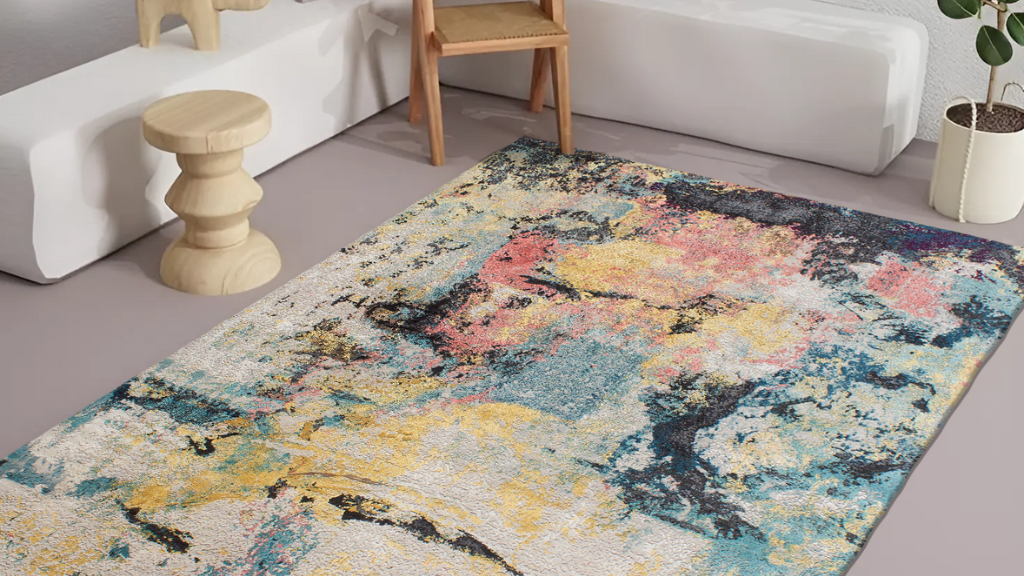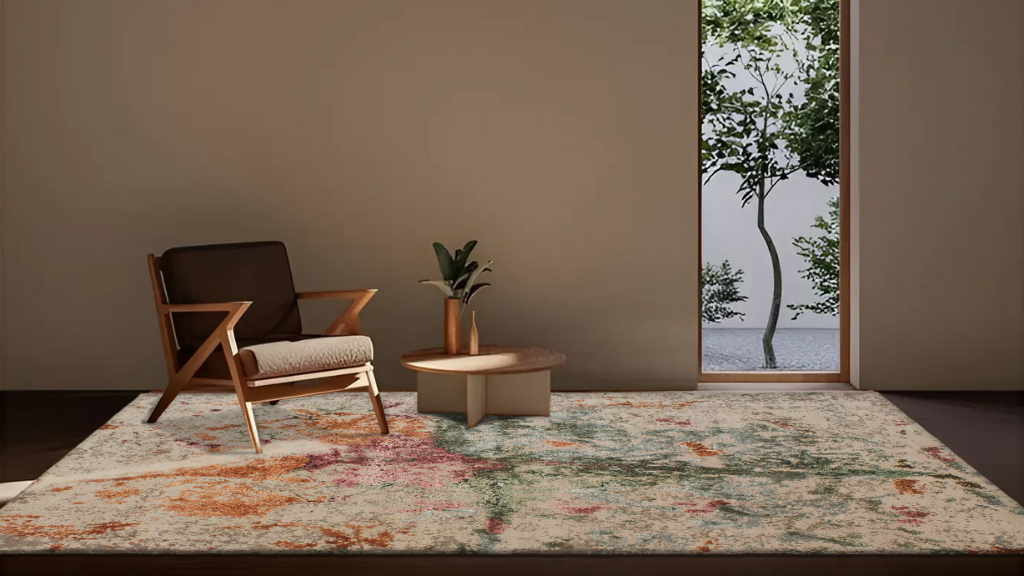Handmade rugs are artworks that showcase the complex interaction of color, texture, and technique; they are more than just floor coverings. Every component tells a tale weaved through time and tradition and is essential to the rug’s visual appeal as well as its practicality. This blog explores these basic design components and how important they are to the craft of rug-making.
The Symphony of Color
The first thing that draws the eye is color. It has the power to define a location, set the tone, and even affect feelings. Color is more than just a design element in handmade carpets; it’s a language that conveys the meaning, origin, and purpose of the rug.
Natural dyes made from plants, minerals, and insects are used by artisans to produce a color scheme that is representative of their home environment. The vivid yellows of turmeric, the rich blues of indigo, and the deep reds of madder root all convey something about the places they are native to. Ancient methods that have been passed down through the generations ensure that the colors will stay brilliant for many years to come. Dyeing is an artistic procedure in and of itself.
Texture: The Soul of the Rug
The rug comes to life with texture. It enhances the visual experience and calls for touch. The wool, silk, cotton, or a combination of these materials, combined with the weaving method, define the texture of the rug.
Wool, which is frequently the main component in handcrafted carpets, offers warmth and toughness. Its inherent crimp lends it a reassuring softness and resilience against wear. Contrarily, silk has a beautiful shine and fine detail that make it perfect for complex designs. Cotton may provide solidity and structure to the rug by acting as a solid basis
.
Texture is also influenced by the knotting method. The Turkish knot is more sturdy and produces a thicker pile than the Persian knot, which enables intricate designs and a delicate texture. The tactile texture of a rug is further defined by the way the fibers are cut and polished, ranging from the smooth sophistication of a low pile to the velvety comfort of a high pile.
Technique: The Weaver’s Signature
The method is the unnoticed thread that unites texture and color. It bears the weaver’s signature, which attests to their expertise and the craft’s traditions. Among the methods used by craftsmen to realize their dreams include flat-weaving, hand-tufting, and hand-knotting.
The most time-consuming method is hand knotting, where each knot is tied by hand. Unmatched detail and intricate patterns are possible with this technology. Wool strands are punched into a
canvas, which is subsequently backed with latex and a second fabric, to create hand-tufted rugs. This method still permits a great level of personalization but is faster than hand-knotting.
Using an age-old method called flat-weaving, rugs are made without a pile, making them lightweight and reversible.
Design: The Visual Story
A handcrafted rug’s design tells its visual tale. It could be an abstract composition that expresses the weaver’s individuality, a floral motif that honors nature’s abundance, or a geometric design that represents the harmony of the cosmos.
Customary designs frequently have themes that have been passed down through the centuries and hold great cultural value. Even though they are based in heritage, contemporary designs can use the newest color schemes and trends to represent modern aesthetics.
Cultural Heritage and Identity
Handmade rugs frequently reflect the identity and cultural legacy of the craftspeople who make them. Symbolic themes that symbolize the weaver’s history, community, and beliefs may be incorporated into the designs. These carpets act as cultural ambassadors, bridging the gap between contemporary society and antiquated customs.
Sustainability and Ethical Production
In the modern, environmentally conscious society, handmade carpets’ sustainability is becoming more and more crucial. Natural materials and dyes used by artisans contribute to an environmentally sustainable production method. Ethical production methods also guarantee equitable pay and working conditions for weavers.

Conclusion
Together, the color, texture, and technical design aspects produce a rug that is more than just a rug; they weave a story into the fabric. The ability, culture, and inventiveness of the artists who create them are all demonstrated by the handwoven carpets. Their ageless appeal adds beauty, sustainability, and ethical value to any area, making them a valuable asset that enhances our lives.

